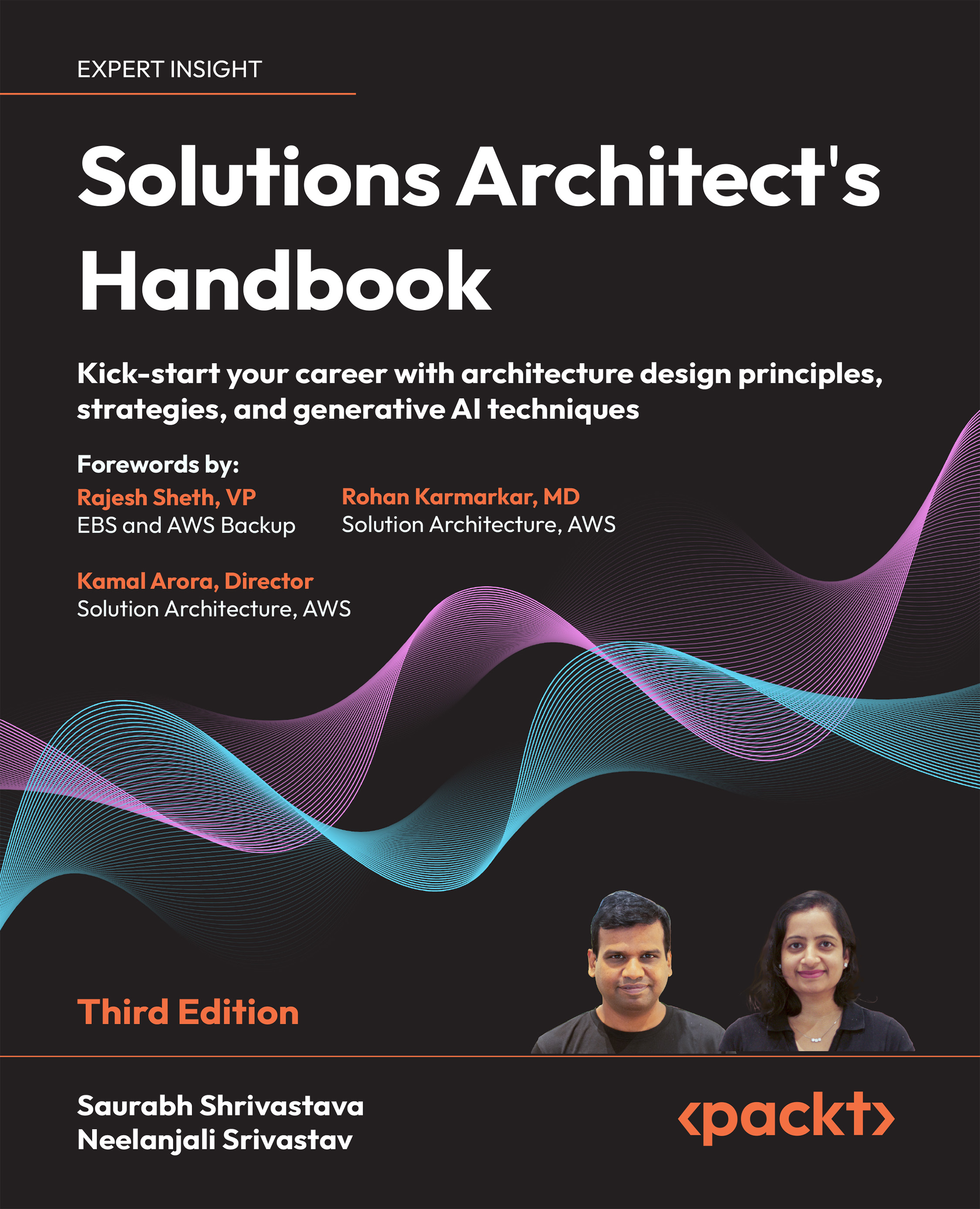Data ingestion, storage, processing, and analytics
To turn raw data into actionable intelligence that can inform decision making and strategic planning for businesses, data needs to be managed through several key stages, beginning with data ingestion—the collection of data from various sources. This can include everything from user-generated data to machine logs, or real-time streaming data. Once collected, the data needs to be stored in data storage, which can be done in databases, data lakes, or cloud storage solutions, depending on the data type and intended use.
Following storage, data processing and analytics come into play, which involves sorting, aggregating, or transforming the data into a more usable form, where analytics can be performed on the processed data to extract meaningful insights. Analytics can range from simple queries and reporting to complex ML algorithms and predictive modeling. Let’s learn about these stages in detail.

































































